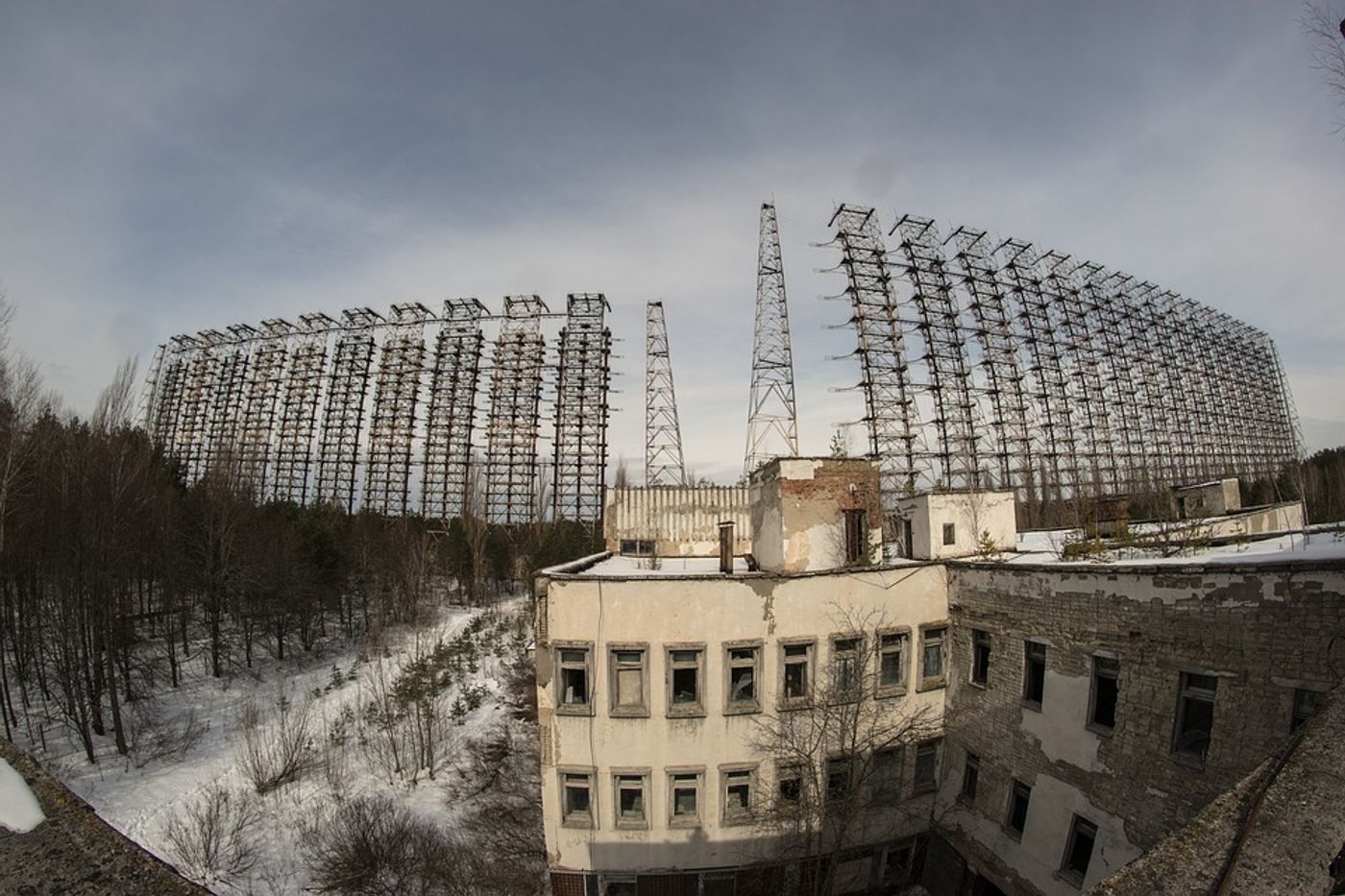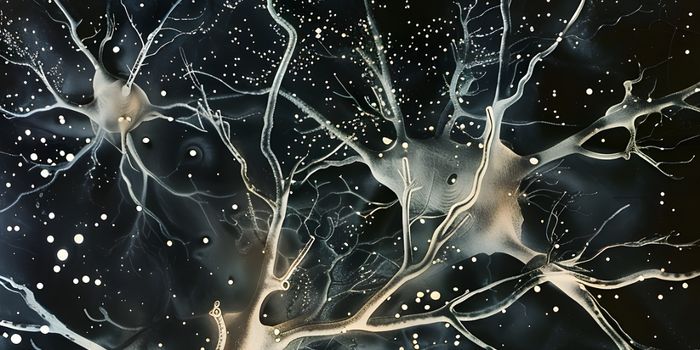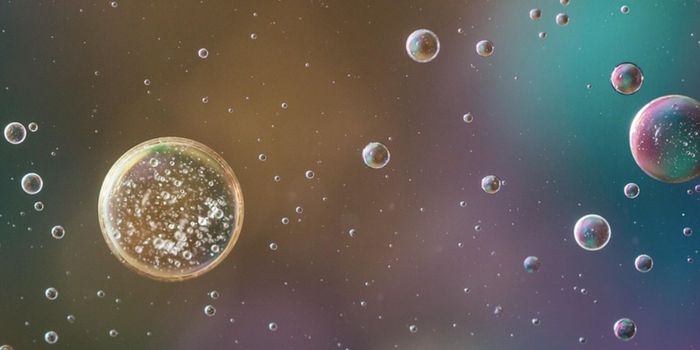How Dangerous is Radiation?
No one wants to be exposed to a blast of radiation. After the Fukushima nuclear accident in 2011, many people were concerned about what could happen after the release of radioactive material into the environment. As it turned out, there did not appear to be much of an increase in the risk of cancer for people that were exposed to the radiation. The primary increase was seen in thyroid cancer rates. For many people, the main impact was psychological as a result of the massively disruptive incident, which displaced them from homes that in many cases were destroyed.
Radiation is energy that moves as a particle or wave. The energy carried by ionizing radiation is not visible but is strong enough to interact with atoms and remove their bound electrons, creating an atom that is charged, or ionized. Low levels of ionizing radiation are present in our environment; it can come from radon in the earth, cosmic sources, or building materials.
When people are exposed to radiation, it can kill cells directly if levels are high enough. Direct exposure to an atomic blast can cause skin burns and radiation sickness. At smaller doses, radiation penetrates cells and affects DNA. That can lead to an increase in genetic mutations and a higher risk of developing cancer during one’s lifetime. In the body, some kinds of radiation can travel to the thyroid gland, where it is absorbed.
Children and fetuses are especially vulnerable to the effects, which vary significantly between individuals. Because kids are still developing, genetic mutations that happen at their age can have a profound impact on their future health, while fully developed adults aren’t in that kind of danger.
Different sources of radiation also vary greatly. One plane ride ten hours long exposes a person to about as much radiation as one chest X-ray. A single chest X-ray has roughly the same exposure levels as a solitary CT scan, and a person has to pass through an airport metal detector roughly 1,000 times to get the same radiation dose as they would from a single chest X-ray. Living at higher altitudes gets a person closer to cosmic radiation as well, so a year spent living in Denver is equivalent to about five chest X-rays. In the video below, hear from Mayo Clinic about the impact of radiation exposure caused by a CT scan.
Research done many decades ago has shown that exposure to radiation, such as from a nuclear accident like Chernobyl can shorten lifespans, and that children who receive radiation treatment are more likely to get cancer again later in life. But there is also more recent evidence that radiation exposure doesn’t harm every individual and can even lengthen lifespan. A survivor of the atomic bomb blast at Hiroshima, Mr. Tsutomu Yamaguchi, relocated to Nagasaki where he promptly experienced the second atomic bomb blast of World War II. Of the seventy people who made this same move from Hiroshima to Nagasaki, he was the sole survivor, and he ended living until age 93 when he died of stomach cancer. A man who was thrown from a bridge into a riverbed by the A-bomb attack on Hiroshima was still alive to meet President Obama when he visited in 2017.
A study of the Japanese A-bomb survivors has found that their lifespan is actually longer than the average for Japanese people overall. This may reflect the fact that the survivors received excellent medical care, or possibly, the exposure to radiation triggered a defensive process in the body. The authors of the report concluded that low doses of radiation could potentially have beneficial effects for the body.
Now that we’ve had time to fully assess the disaster at Fukushima, it appears that the increased detection of thyroid cancer in young people was due in part to the increase in screening in the affected populations. Many people who lived through the disaster benefited most from psychological treatments that dealt with the disconnection that happened. After the Three Mile Island nuclear accident in 1979, there was not an increase in cancer rates, though that finding is still being debated.
High levels of radiation are of course, very damaging to the body. A chest X-ray exposes a person to about 0.2 millisieverts - mSv of radiation. At about 2000 mSv, radiation sickness can happen. That can be fatal as it causes some tissues to begin to break down.
As radioactive material decays, it continues to release radioactive energy. Some types of radiation are short-lived and decay quickly while others stick around in the environment for a long time. If radiation decays quickly, it doesn’t pose any health risk after the process is over. But radioactive cesium, for example, sticks around for over a century. In the Chernobyl exclusion zone where radioactive cesium was released, there are some stunted trees, but wildlife is thriving, and it's been turned into a tourist attraction. The area is thought to be contaminated for at least 20,000 years. Now that we’ve had time to let the fear subside and take a realistic look at how bad the health impacts were, it seems that many fears were overblown.
"The majority of the five million residents living in contaminated areas … received very small radiation doses comparable to natural background levels (0.1 rem per year)," according to a 1987 U.S. Nuclear Regulatory Commission (NRC) report on the disaster. "Today the available evidence does not strongly connect the accident to radiation-induced increases of leukemia or solid cancer, other than thyroid cancer."









